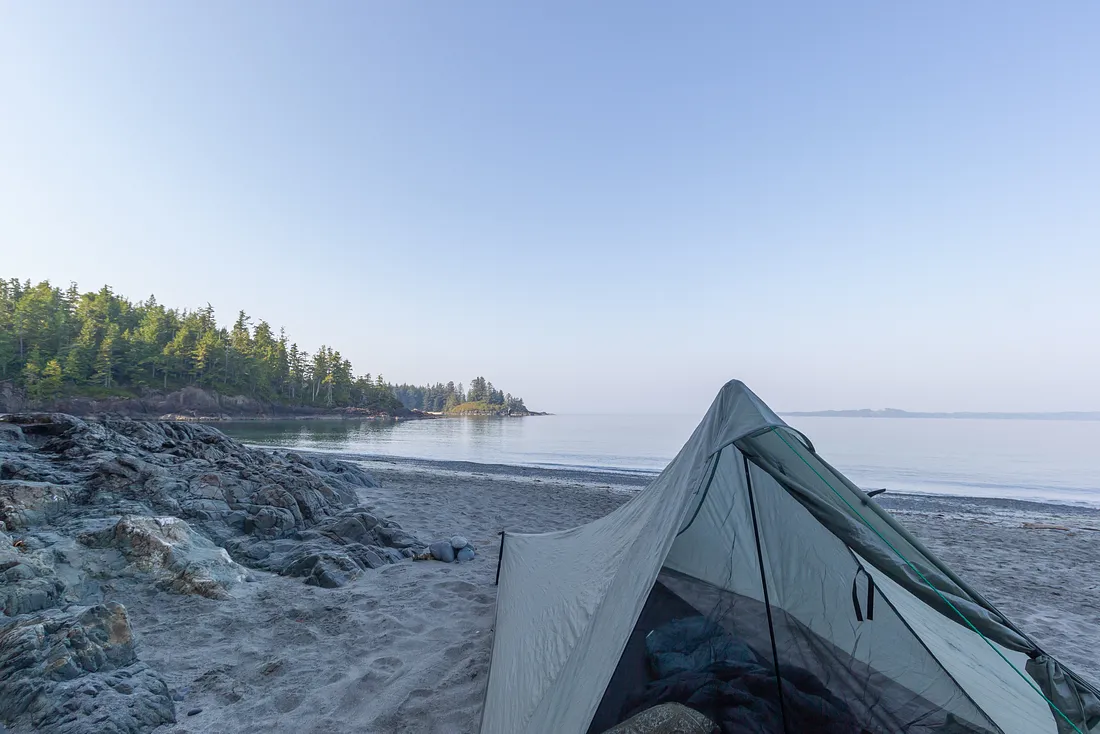Quick heads-up: some of the links on this page are affiliate links. If you make a purchase through them, we may earn a small commission (at no extra cost to you). This small bit of income helps keep our site running.
Staking a Tent in Sand

I've pitched tents in all sorts of places, and sand is definitely the most challenging kind of ground to get your tent properly staked out in. But I have picked up some gear, plus a few tips and tricks, that have allowed me to sleep at night.
The Challenges of Sand
Sand is loose and shifts easily under pressure, which means the typical small, skinny, metal tent stakes might as well be chopsticks in a bowl of soup. They don't hold. You push them in, and they might feel snug, but the moment a breeze comes along they're coming right out.
Essential Gear for Sand Staking
After a few sandy misadventures, I've zeroed in on a couple of products that make a world of difference. MSR's Sand and Snow Anchor are great. They're labeled as snow anchors, but snow is just winter sand. REI also makes a very similar product.
Preparation Before Staking
Picking your spot is more about avoiding the wrong places than finding the perfect one. Try to avoid dunes and vegetation, both to maximize stability and minimize your environmental impact. Flatten the area as much as possible. I like to find a big, flat piece of driftwood to drag the sand flat.
Staking Techniques for Sand
First, forget about hammering stakes vertically. Instead, angle them away from your tent, about 45 degrees, and bury them deeper than you would in soil, at least 8 to 10 inches down.
The tent stakes I linked to above have holes down the entire length of the stake. I like to tie in to the stake in the middle hole, and then drive the stake in. That way the pull is happening in the middle of the stake, not the end, and it's much less likely to pull out.
If you're going to try that approach, it also helps to have some tensioner rings to take up the slack in your guy lines.
Alternative Anchors: Rocks and Driftwood
Heavy rocks can also be used as reliable anchors. You can tie your lines around the rocks and bury them a few inches down. Between the weight and the burial your tent lines will have plenty of holding power against the wind.

You can also just put a regular tent stake in to the sand as best you can, and then put a few rocks on top of it. It's not quite as secure but it should hold well.
Driftwood or sturdy sticks are another excellent resource if you they're lying around. Bury them horizontally to create a dead man's anchor. Tie your tent lines around the middle of the stick. This method requires a bit more effort but it's very secure. It's also a good technique to know for winter camping.

